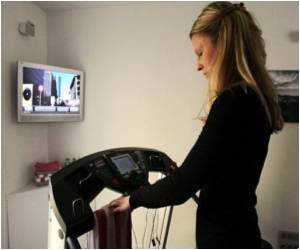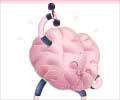
Their experiments showed that mice that were bred to be high runners produced high-running offspring, indicating that the offspring had inherited the trait for activity.
"Our findings have implications for human health. Down the road people could be treated pharmacologically for low activity levels through drugs that targeted specific genes that promote activity.
Pharmacological interventions in the future could make it more pleasurable for people to engage in voluntary exercise. Such interventions could also make it less comfortable for people to sit still for long periods of time," said Theodore Garland Jr., a professor of biology, whose laboratory conducted the multi-year research.
In humans, activity levels vary widely from couch-potato-style inactivity to highly active athletic endeavours.
"We have a huge epidemic of obesity in Western society, and yet we have little understanding of what determines variation among individuals for voluntary exercise levels," said Garland.
Advertisement
Although this approach is common with microbial systems and fruit flies, it has rarely been applied to vertebrates due to their longer generation times and greater costs of maintenance.
Advertisement
The study appears in the Proceedings of the Royal Society B.
Source-ANI














